Figures & data
Fig. 1 The electricity consumption (kWh) during the pretreatment month for the 54 households included in the experiment.
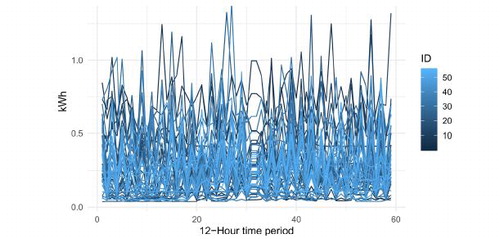
Fig. 2 The cumulative distribution function for the Mahalanobis distance () of the 800th order statistic in the random sample of allocations for numbers of allocations between 100,000 and 1,000,000.
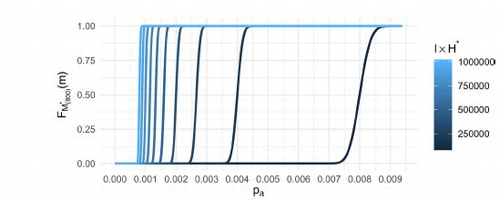
Fig. 3 Relative power as compared to complete randomization for Mahalanobis distance (M) and ranked p-values (R) rerandomization designs. The left and right figures display the results for DGPs A and B, respectively.
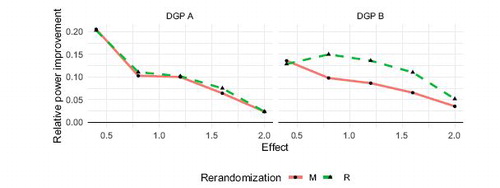
Table 1 Relative variance change in the covariates and the effect estimate as compared to complete randomization (EquationEquations (15)(15)
(15) and Equation(16)
(16)
(16) ) for Mahalanobis distance (M) and ranked p-values (R) rerandomization designs.
Fig. 4 Relative power as compared to complete randomization for Mahalanobis distance (M) and ranked p-values (R) rerandomization designs. The left and right panels display the results including four (K = 4) and eleven (K = 11) covariates, respectively.
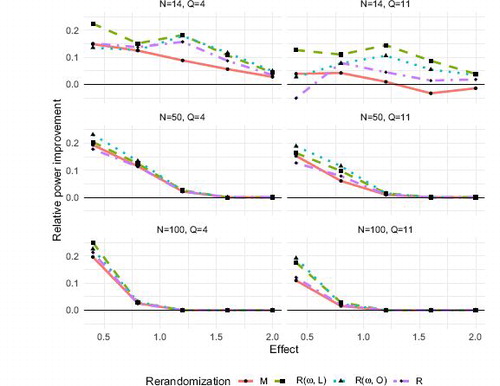
Table 2 Relative change in variance of the covariates and in the effect estimate as compared to complete randomization (EquationEquations (15)(15)
(15) and Equation(16)
(16)
(16) ) for Mahalanobis distance (M) and ranked p-values (R) rerandomization designs.
Table 3 Variance reduction of the covariates and in the effect estimate as compared to complete randomization (EquationEquations (15)(15)
(15) and Equation(16)
(16)
(16) ) for the ranked p-values (R) rerandomization designs.
Fig. 5 Relative power as compared to complete randomization for the ranked p-values (R) rerandomization designs for T = 10. The left panel and right panel display the results from the Homogenous and the heterogeneous DGPs, respectively.
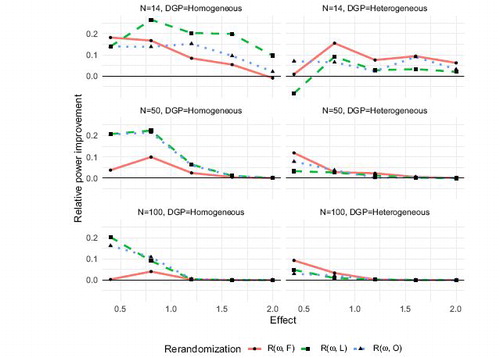
Fig. 6 Relative power as compared to complete randomization the ranked p-values (R) rerandomization designs with forecast-based and LASSO estimated weights, respectively, for T = 100. The left panel and right panel display the results from the homogenous and the heterogeneous DGP’s, respectively.
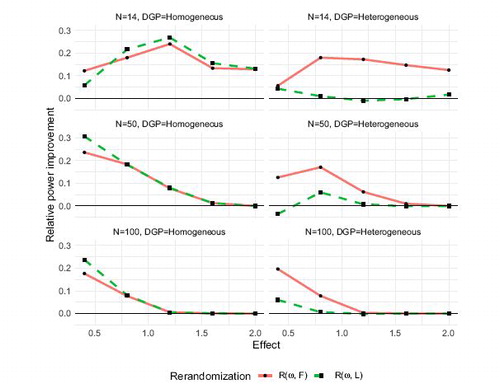
Table 4 Relative change in variance in the estimated treatment effect as compared to complete randomization (EquationEquations (15)(15)
(15) and Equation(16)
(16)
(16) ) for the ranked p-values (R) rerandomization designs with forecast-based and LASSO estimated weights, respectively.
Fig. 7 The electricity consumption (kWh) for the households with the largest (max) and smallest (min) maximum consumption, mean consumption, and standard deviation in their consumption, respectively.
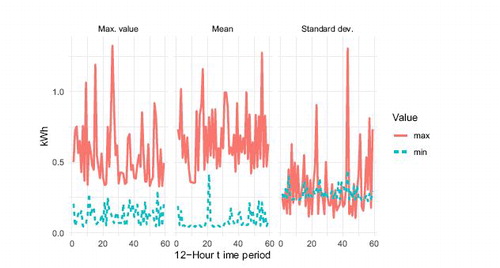
Fig. 8 The relative probability as compared to complete randomization of randomly selecting an allocation that gives a significant result for two different rerandomization strategies given different hypothesized treatment effects.
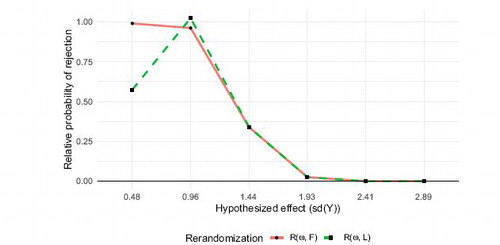
Table 5 Relative variance change in the effect estimates across the possible allocation using and
as compared to complete randomization (EquationEquation (16)
(16)
(16) ).
